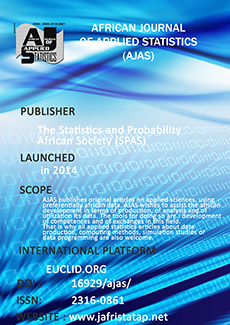Abstract
In the near future, the statistical estimation of the value added of leading business groups in Europe and of large complex units could become a source for the preliminary estimates of GDP at a European level, or be used for the further development of existing indicators of European growth. However, it is often challenging to produce such data, because in standard accounting formats the distinction between national and foreign activities is not always requested. The following case studies explain how it is possible to solve some of the problems that arise when trying to calculate group accounts that are useful for establishing aggregate statistical indicators, starting from the accounts of the individual companies and branches. The chosen solution method depends on the availability of data concerning foreign production (in particular for enterprises involved in the construction field and those operating in Internet), accounting criteria used in certain countries, and vertical integration: when some of these are unavailable, it may result in a particular method being chosen over another. As highlighted in the European System of Accounts in Eurostat (2010), the centre of predominant economic interest of an enterprise indicates that a location exists where this unit engages in economic activities and transactions on a significant scale within a country's economic territory. Some statistical, fiscal and administrative sources are outlined that can be used to sketch the domestic economic performance of the main enterprises carrying out activities abroad. The paper provides robust statistical methods regarding the utilization of such sources.
Dans un proche avenir, l'estimation statistique de la valeur ajoutée des principaux groupes d'entreprises en Europe et des grandes unités complexes pourrait devenir une source pour les estimations préliminaires du PIB au niveau européen ou être utilisée pour le l'améliorartion des indicateurs existants de la performance de la croissance européenne. Cependant, il est souvent difficile de produire de telles données, car dans les formats de comptabilité standard, la distinction entre activités nationales et étrangères n'est pas toujours demandée. Les études de cas suivantes expliquent comment il est possible de résoudre certains des problèmes qui se posent lorsqu'il s'agit de calculer des comptes de groupe utiles à l'établissement d'indicateurs statistiques globaux, à partir des comptes des entreprises et des succursales. La solution retenue dépend de la disponibilité des données relatives à la production étrangère (notamment pour les entreprises du secteur de la construction et celles opérant sur Internet), des critères comptables appliqués dans certains pays et de l'intégration verticale : lorsque certaines d'entre elles sont indisponibles, faire en sorte qu'une méthode particulière soit choisie sur une autre. Comme souligné dans le Système européen de comptes dans Eurostat (2010), le centre d'intérêt économique prédominant d'une entreprise indique qu'il existe un endroit où cette unité exerce des activités et des transactions économiques de grande ampleur sur le territoire économique d'un pays. Certaines sources statistiques, fiscales et administratives peuvent être utilisées pour esquisser la performance économique nationale des principales entreprises menant des activités à l'étranger. Le document fournit des méthodes statistiques robustes concernant l'utilisation de telles sources.
Citation
Antonio FRENDA. Sergio SCIPPACERCOLA. "Statistical Approaches to Estimate Sectoral Economic Aggregates." Afr. J. Appl. Stat. 5 (2) 447 - 467, July 2018. https://doi.org/10.16929/ajas/447.224
Information





